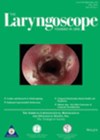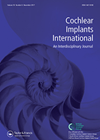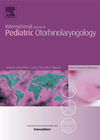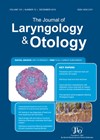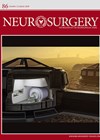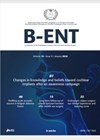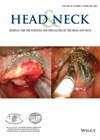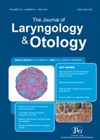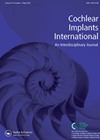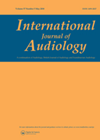
Journal Reviews
Audiometric outcomes following endoscopic stapes surgery
Adding to the evidence base for endoscopic stapes surgery, this systematic review and analysis of outcomes sought to establish the efficacy and safety of this approach. This review included 14 studies with a pooled sample of 314 adult patients. The...
Cochlear implant use in young children
There are clear and well-established links between those identified and fitted with amplification early and good spoken language outcomes, but how much does the time an appropriately fitted hearing instrument is used each day contribute to this? During the first...
Herpes zoster and SSNHL
Some studies suggest that viral infections may increase the risk of a sudden sensorineural hearing loss (SSNHL). The described longitudinal study explored whether herpes zoster may be a factor that increases the risk of SSNHL. Medical history in reference to...
Cochlear implants in single sided deafness
Whilst the benefit of a second cochlear implant in people with bilateral deafness is well established, the benefits of implantation for single sided deafness with normal contralateral hearing have been much more modest. The reasons for this are varied, in...
Possible correlation of ABR changes with prognosis in sudden sensorineural hearing loss
A sensorineural hearing loss (SNHL) of 30dB or more affecting at least three frequencies and occurring over less than three days is classified as ‘sudden’ SNHL (SSNHL). Treatment is urgently undertaken with systemic and/or intra-tympanic steroids, and ijn some cases...
Hearing outcomes after retrosigmoid resection of smaller vestibular schwannomas are better
The authors reviewed published literature reporting hearing outcomes in patients after retrosigmoid (RS) resection of vestibular schwannoma (VS). Aggregate hearing preservation of 31% and 35% under fixed and random models respectively was observed in the 2034 patients meeting eligibility criteria...
Paediatric idiopathic sudden sensorineural hearing loss
This Turkish retrospective study looked at the radiological and clinical characteristics, prognostic factors and treatment outcomes in children diagnosed with idiopathic sudden sensorineural hearing loss (ISSNHL). Forty-eight children were included over an eight-year period. Complete recovery (CR) was achieved in...
Active smoking predicts poor outcome in HPV positive oropharyngeal squamous cell carcinoma
Tobacco smoking is a well-known risk factor in human papilloma virus (HPV)-negative head and neck squamous cell cancer. Its effects include increased risk of treatment failure, distant metastases and reduced overall survival. HPV has been increasingly implicated as a causative...
Reasons for attending annual hearing aid review appointments
The aim of this study was to investigate what factors influence hearing aid users’ decision to attend or not attend an annual hearing aid review (HAR) appointment. Two separate surveys were created for attendees and non-attendees. An invitation letter was...
A cost reducing protocol for magnetic resonance imaging in patients suspected to have acoustic neuroma
Magnetic resonance imaging is the ‘gold standard’ for screening patients suspected to have an acoustic neuroma. However, inappropriate referrals for imaging are not helpful, especially with the growing need to reduce costs. In this study the authors compared two audit...
Learning from reimplantation
The Irish implant centre in Dublin undertook a retrospective study of their reimplantation cases to look at what lessons could be learnt. Device failures fall into two classes: hard and soft failures. Hard failures are implant malfunction or altered performance....
Speech in noise hearing difficulties
The phenomenon of speech understanding in noise in normal hearing people attracts the interest of researchers continuously. This study’s aim was to further explore the possible reasons behind these difficulties. The participants were 50 adults that reported having normal hearing...

